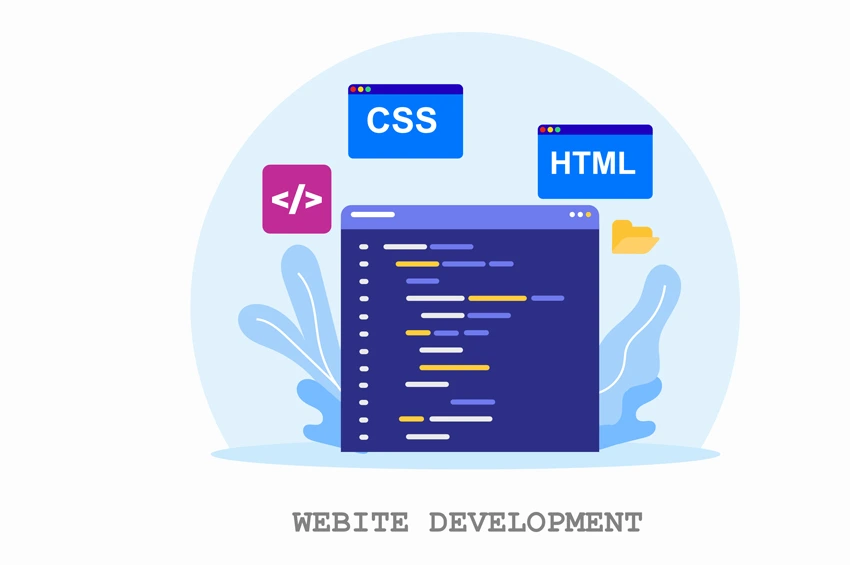- info@nextflytech.com
- +918800401238, +919650198046
- Working Hours : Monday- Friday, 09 am to 6pm
Which one is better in 2023: Bootstrap or Tailwind?

Looking for the best option between Tailwind and Bootstrap? Both are great tools for setting up a project's UI and improving development time and user experience. However, there are some key differences to consider.
Bootstrap, being the older option, has undergone many changes over the years. While this brings benefits, it also means a larger file size. In contrast, Tailwind is newer and smaller, resulting in faster loading times. However, it may not be as robust as Bootstrap due to its relative youth.
Bootstrap offers pre-styled, mobile-first, responsive components that make creating website pages a breeze. On the other hand, Tailwind focuses on creating functional, neat, and flexible UI elements. The final decision will be based on what suits your individual requirements and personal preferences. Although Tailwind is younger and smaller than Bootstrap, it offers faster loading times. However, it does have some drawbacks. The main drawback is that because Tailwind is relatively new, it may not be as robust as Bootstrap. Tailwind is designed to create functional and flexible UI elements, while Bootstrap focuses on developing components for use throughout the entire website.
How to choose between Bootstrap and Tailwind
When it comes to deciding which CSS framework is best for responsive web design, there isn't a one-size-fits-all answer. It all depends on your project requirements, personal preferences, skill level, and workflow. If you're looking for a pre-made and consistent solution that saves time, Bootstrap is an excellent choice. On the other hand, if you prefer complete control and customization over every aspect of web design, Tailwind offers a flexible and creative solution. If you're unsure which framework to choose, you can always try both and compare their features and benefits to see which one suits your needs best, or even combine them in some way.





